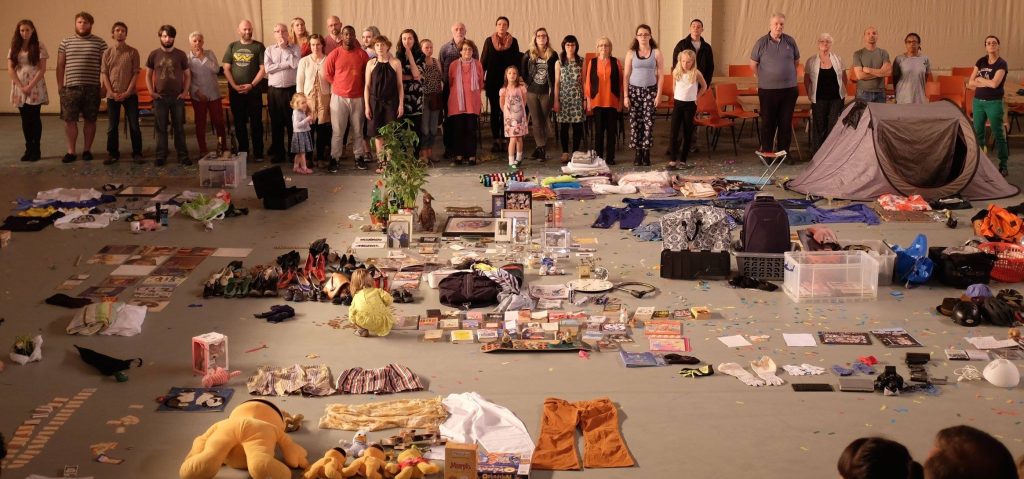I don’t know what I did last Friday. Or on the 12th of October.
The 11th of September I do remember. I was celebrating the wedding of my two good friends in Dublin. We did what we do best when we are together, only with more glamour and commitment than usual. We ate and drank until the cows came home, we laughed and reminisced, we secretly checked Facebook as if real life could not hold our attention. At some point, the groom raised his glass and looked at me: “Happy Catalunya Day!” In the midst of the wedding celebrations, I had forgotten all about it. The 11th of September is the National Day of Catalunya, where I was born and brought up. The date commemorates the defeat of Catalan troops in Barcelona in 1714, and the subjection of the area to the new king. I think. Fast forward 301 years to the day, and this Catalan had not only forgotten to mark the occasion but is still hard pushed to explain the intricacies of this historical event.
I have been dipping in and out of Quarantine’s rehearsals for Autumn. in the last few months, and this has strangely fine-tuned my awareness of how much we twist, disregard and regurgitate versions of the past. Autumn. is the second piece of a quartet of performances that explore our complex relationship with time. The quartet began last year with Summer., a large-scale show about spontaneity, the present moment, and the many fleeting encounters that compose our everyday lives. It was also, I guess, about relishing the fond curiosity that we can feel for strangers. Autumn., which previews today at the Nuffield Theatre in Lancaster, is set to invite spectators to expand our temporal horizon. To zoom out and see our place in this huge, fortuitous, poorly documented and hardly remembered thing we call history.
I say that I have been observing rehearsals for Autumn. but the truth is that I don’t know exactly how the show will be like tonight. In typical Quarantine fashion, the work seems to have gathered momentum in parallel to a million other conversations and projects, with stop-gaps to test thoughts. On the 2nd of July Quarantine offered a try-out of ideas for Autumn. at the Nuffield Theatre, but I believe little of that event will remain in the preview performances of Autumn. this week. I suspect that the show will continue to develop even during in its final incarnation at the Old Granada Studios in Manchester, next Easter.
(For the record, and because it would be a shame it if was forgotten: the try-out event was a sort of farmers’ festival, a people’s museum, a compendium of post-vacational wisdoms, and a still life. It was lovely. The performance followed the familiar structure of a meal for an invited audience of twenty-odd guests. We prepared food together and ate it together, like a newly-formed and willing family. There were mesmerising toasts, interventions and games. There were first-hand memories and hand-me-down beliefs. I found myself not just sharing thoughts aloud, but also remembering with my body – this is exactly the playfulness I felt on my legs when queuing to wash my hands before the school meals, I thought, and this is how I’ve chopped onions since my mum taught me how to cook.)
From what I have seen, Autumn. promises to be a wonderful arrangement of coincidences, errors and ambitions – yours, mine and everybody else’s – that have brought us to this point. An assembly of strangers rewriting the past together.
I look forward to the harvest.
I look forward to looking back.
Cristina Delgado-García
